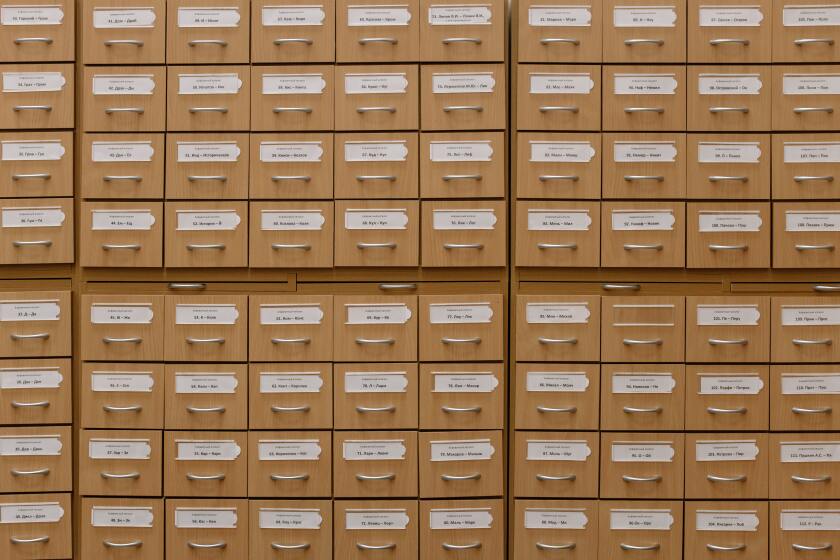Supreme Court Resolves Fair Use Question in Conflict between Tech Giants

The long-running litigation between Google LLC ("Google") and Oracle America, Inc. ("Oracle") came to an end on Monday, April 5, 2021, when the Supreme Court issued its opinion on the case. The majority held in favor of Google's fair use defense to copyright infringement while Justice Thomas filed a dissenting opinion, joined by Justice Alito. We have previously reported on the extensive procedural history of the case as well as the oral arguments that were given before the Court late last year.
In a nutshell, the case was concerned with Google's use of 11,500 lines of code from Oracle's Application Programing Interface ("API"). The API allows users of the Java programming language to select preexisting simple programs and integrate those simple programs into new, more complex programs. The majority compared the relevant portion of the API to a system of filing cabinets and drawers, with the preexisting simple programs comparable to recipes filed in those drawers. Google copied the lines of code into its Android API in order to allow programmers familiar with the Java language and its "filing system" to put their knowledge to new use in the realm of smartphone programming. The code copied was the declaring code (the "filing system" or "cabinets and drawers"). Google did not copy the implementing code (the "recipes" or simple programs filed in the system) but instead wrote its own.

The main issues in the case were: (1) whether the declaring code was copyrightable; and (2) if the code was copyrightable, whether Google's copying was a fair use. These issues were hotly contested and decided and reversed multiple times in the procedural history of the case. For the sake of argument, the majority here assumed that the code was copyrightable and then proceeded to undertake a fair use analysis, ultimately concluding that all four fair use factors favored Google's copying.
The Court first considered the nature of the copyrighted work, and found that the declaring code, as a system of organization, was more tied up with uncopyrightable ideas than many computer programs. It also found that the declaring code derives its value not from some inherent quality but from it's familiarity to computer programmers. These ideas led the majority to conclude that this factor favored a fair use finding.
The Court then turned to the purpose and character of the use. The Court emphasized that Google's use was transformative because it facilitated innovation and the creation of new programs and products. The Court stated, "[t]o the extent that Google used parts of the Sun Java API to create a new platform that could be readily used by programmers, its use was consistent with that creative 'progress' that is the basic constitutional objective of copyright itself."
For the third factor, the amount and substantiality of the portion used, the Court considered the number of lines taken (11,500) compared with the total number of lines in the API (2.86 million) and determined that the amount taken was tailored to a transformative purpose. The majority found that this factors also pointed toward fair use.
Finally, the Court considered the fourth statutory factor: the market effect of the use. The Court concluded, "[t]he uncertain nature of Sun’s ability to compete in Android’s market place, the sources of its lost revenue, and the risk of creativity-related harms to the public, when taken together, convince that this fourth factor—market effects—also weighs in favor of fair use."

Since the majority found that all four factors favored fair use (on the grounds identified here as well as others), Google prevailed on its fair use defense.
Justice Thomas's dissenting opinion took issue with many of the majority's conclusions, including its assumption that the declaring code was copyrightable. He felt that an in-depth analysis of this question would have indicated that the declaring code was indeed copyrightable but that this analysis would have affected the application of the fair use factors, causing them to lean more in Oracle's favor. Overall, he would have found that only the "nature of the copyrighted work" factor possibly favored Google.